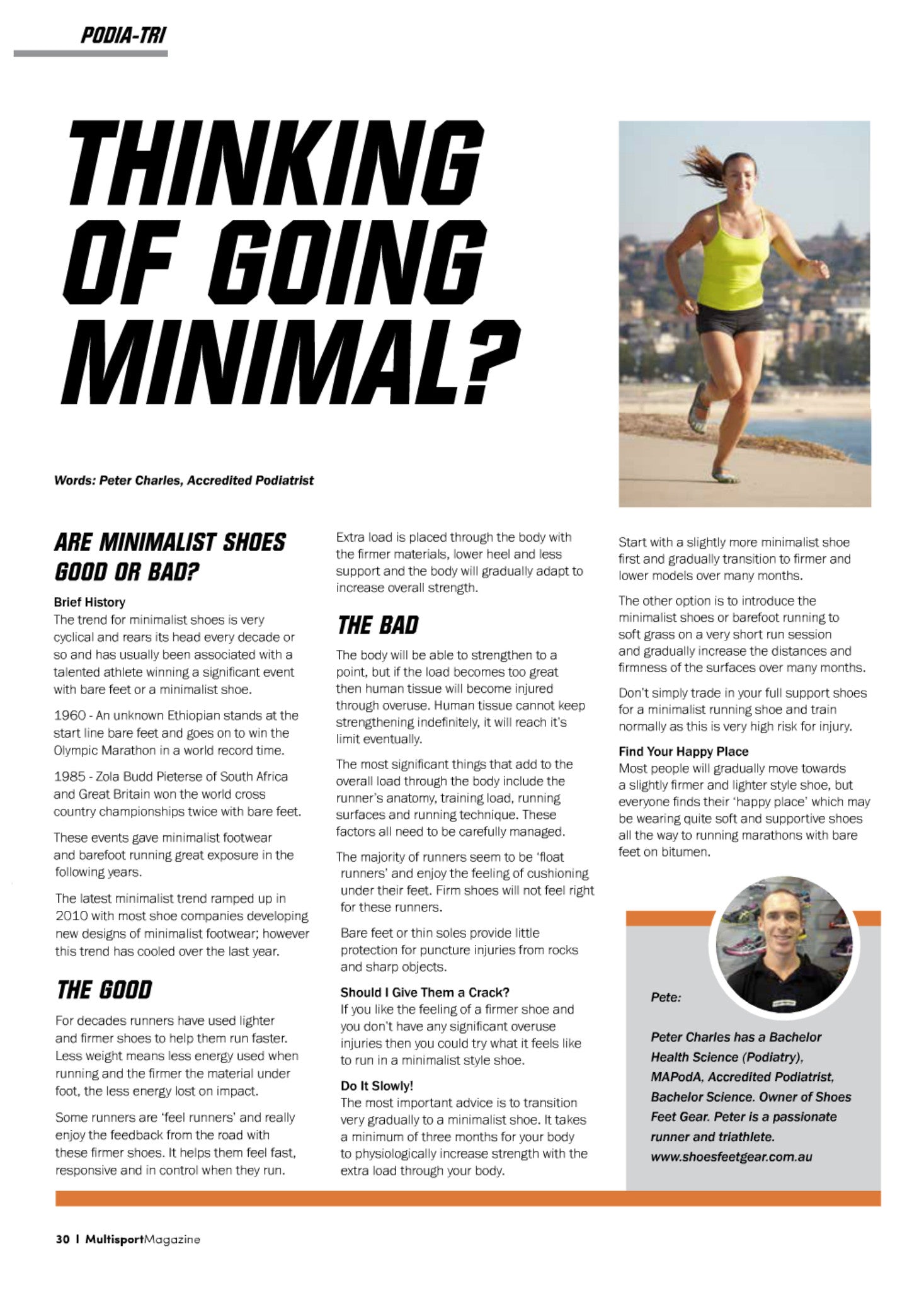Winter is sadly over, which means that the days are getting longer and running shoes are having the cobwebs dusted off after remaining in hibernation. Running season may be slowing up, but the inundation of Triathlons has only just begun so there's no excuse to prolong the inevitable. So whether you're a seasoned runner or just wanting to keep fit throughout the warmer months we thought we'd put together a list of our top tips for surviving the abomination know in Australia as Summer!
1. Shoe selection can make the world of difference:
Getting the right shoe underfoot can make training all the more enjoyable and help assist injury minimisation. Some people will rotate multiple pairs of shoes depending on the type of training and racing they are undertaking. Others will be happy to stick with one pair all season round. It all comes down to what's best suited to your training/racing needs and bio-mechanical function. That's why we recommend getting your shoes properly fitted and having a basic assessment to help guide you in the right direction and take out any confusion. If you've had your shoes for a while or are unsure of if they need replacing, drop in and we can give you some guidance!
2. Bonds shirts aren't made for running, nor is sunburn cool:
As much as your favourite well worn t-shirt may feel comfortable, the chances are it won't be your friend while out running. Chafe sucks, period. Basic cotton shirts have a tendency to hold moisture which is normally the key ingredient for things to go wrong, couple that with a bit of friction and you'll want to be buying shares in Band-Aid's! When looking for shirts, singlets and shorts, we recommend ensuring that they have some form of moisture wicking technology. This will help draw moisture away from the skin and minimise the risk of chafe, having the correct fit will assist in prevention.
Summer in Brisbane can be harsh so making sure you dress appropriately is a must. A cap or visor is always a great idea and unlike big lunch in Grade 1, no one will pick on you for being sun safe! For longer or later runs, also get stuck into the sunscreen, it's something often bypassed but can make a big difference and help to prevent sunstroke/resembling a Truss tomato.
3. Pay attention to what your body is saying:
There is a fine line between pushing yourself in training and going a bridge too far. It all comes down to the concept of good pain vs bad pain. There is a level of discomfort you should expect to feel while training, this may present as fatigue or a decrease in speed and you should still be able to finish your session. Any pain that is sharp, unusual or brings about rapid and marked discomfort falls under the "bad pain" banner. If this arises, call a halt to training immediately and get on top of it ASAP. The longer you try to persist through an injury, the more likely you are to increase the severity. Also pay attention to little niggles, increased fatigue and lingering illness, all of these are risk factors for injury. So if you're feeling a bit more run down than usual, take a rest day, the missed km's may be the difference between running tomorrow or being stuck in bed watching Dr. Phil.
4. Fuel; not the terrible radio rock band, but why hydration is important.When most of us head out for a run the last thing on our mind is nutrition and fluids, often we end up having to play water fountain roulette. While we're all aware of the importance of taking on board sufficient hydration during summer runs, it's implementing a strategy or plan that's the hardest part. Our bodies burn through fluids and electrolytes significantly faster than we realise, as the mercury rises this occurs at an accelerated rate. So for shorter runs, be aware of potential stops where water is readily available and try to run in the mornings or late afternoons. For those longer runs, a hydration belt or camelbak is great option as you can choose between water and sports formulas. Gels or any form of food is also something to keep on hand and most will fit in the pocket of your running shorts or a hydration belt. The final recommendation is to always carry cash and ID, it's a simple trick that can make a huge difference, I find $5-$10 dollars is all you need. There have been a few long runs where I've done the zombie crawl to a 7/11 where I'm sure the attendant hoped I wasn't going to vomit. So be wise and take a few necessary precautions for your summer runs and it could save you in the long run.
5. Don't lose the enjoyment of running.
As simple as this sounds, it's often the one aspect of running we lose sight of when getting back to training . Commonly it happens after 4-6 weeks of consistent training. Motivation to train decreases, long runs become more and more laborious, and you feel both physically and mentally fatigued. If you are stuck in this boat, take a rest day, run somewhere different, buy some new training gear or just leave the watch and planned set at home and just run for the sake of it. Any way you can break up your regular routine is an excellent way to refresh your attitude. I personally find running with a squad or friends once a week or fortnight a great way to break up any monotony in my training and keep a positive mental attitude towards my goals.
Hopefully these tips will give you some food for thought and help get you back out on the road or trail!
